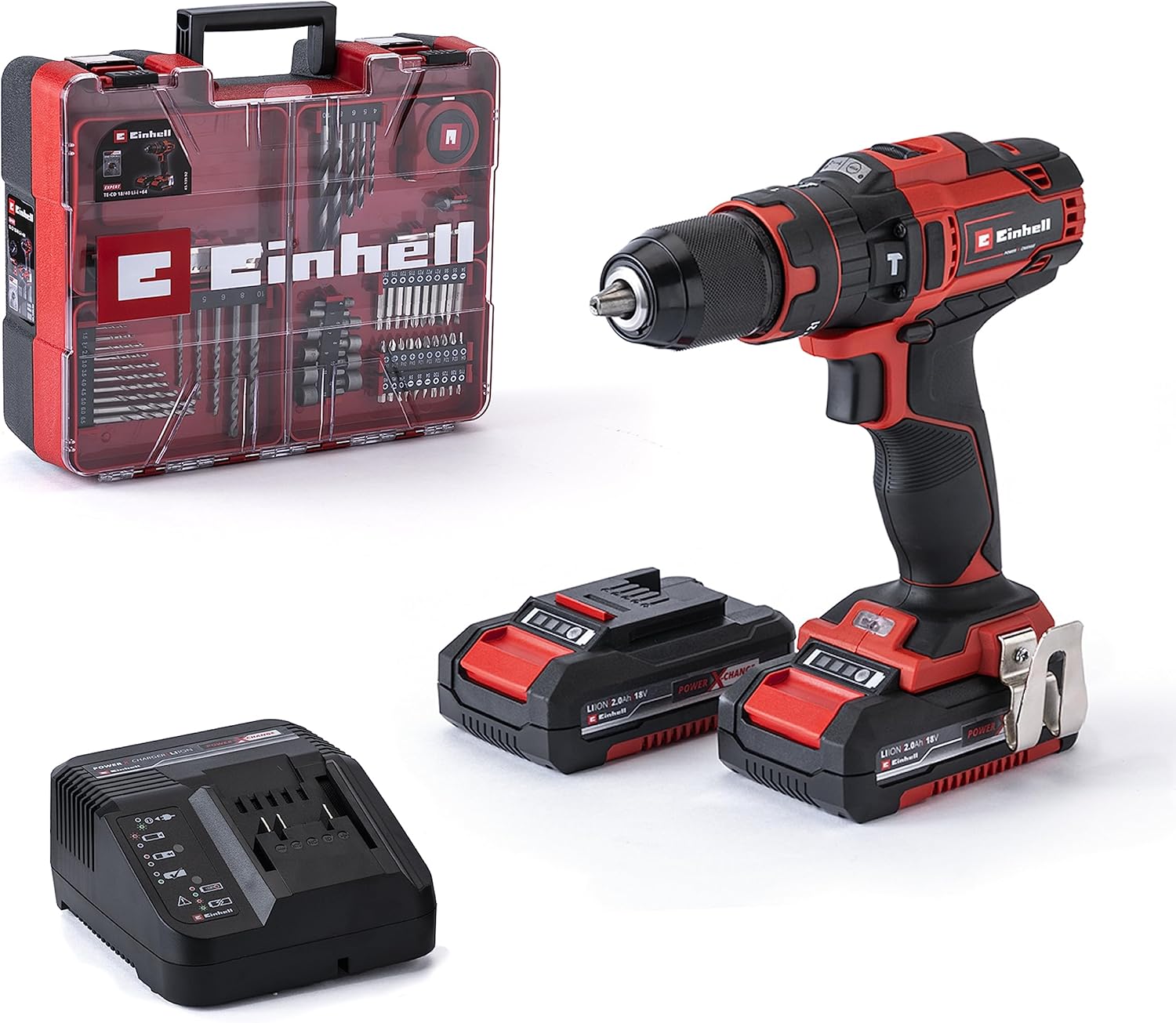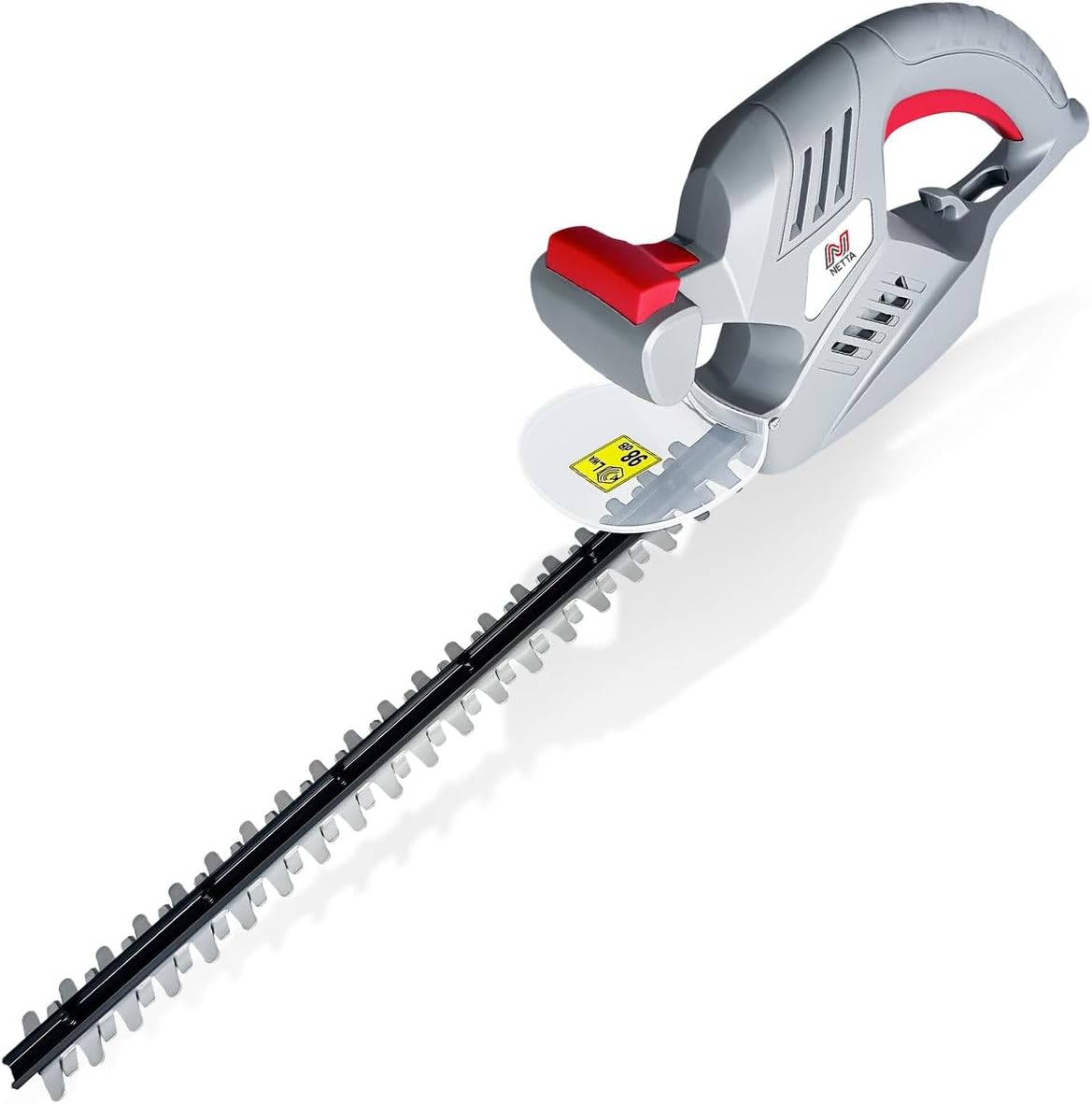
Have you ever wondered how much material you need for a post and rail fencing project? Look no further! This article will provide you with a simple and efficient way to calculate the materials required for your fencing needs. By following our step-by-step guide, you will be equipped with the knowledge to estimate the number of posts, rails, and even the amount of concrete needed. Say goodbye to confusion and hello to a successful fencing project!
Understanding Post and Rail Fencing
What is post and rail fencing?
Post and rail fencing is a classic and traditional type of fencing commonly used in rural and agricultural settings. It consists of a series of vertical posts and horizontal rails that are connected to create a sturdy fence. The design is simple yet effective, providing an open and welcoming feel while also ensuring the security and containment of livestock or property.
Why choose post and rail fencing?
There are several reasons why you might choose post and rail fencing for your property. Firstly, it offers a timeless and rustic aesthetic that can enhance the overall look of your land. It also provides excellent visibility, allowing you to easily keep an eye on your surroundings while still maintaining a physical barrier. Additionally, post and rail fencing is relatively easy to install and maintain, making it a practical and cost-effective choice.
Types of materials used in post and rail fencing
Post and rail fencing can be constructed using various materials, each with its unique characteristics and benefits. The most common materials include wood, vinyl, and metal. Wood is a popular choice due to its natural appearance and affordability. Vinyl is known for its durability and low maintenance requirements. Metal, such as steel or aluminum, offers exceptional strength and longevity. The material you choose will depend on your personal preference, budget, and specific needs.
Determining the Length of the Fence
Measure the perimeter of the area
Before you can calculate the materials needed for your post and rail fence, you must determine the length of the fence line. Begin by measuring the perimeter of the area where you want to install the fence. This involves measuring the length of each side and adding the measurements together to get the total perimeter.
Consider the number of rails you want
Next, consider how many rails you want your fence to have. This will depend on the level of containment you require and your desired aesthetic. Typically, post and rail fences have two to four rails, but you can adjust the number according to your needs.
Calculate the total length of the fence
Once you know the perimeter of the area and the number of rails, you can calculate the total length of the fence. Multiply the perimeter by the number of rails to get an estimate of the amount of material you will need. Keep in mind that it’s always a good idea to add a little extra to account for any errors or potential waste.
Calculating the Number of Posts
Choose the distance between posts
The distance between posts will depend on the length of your rails and the specific requirements of your fence. As a general guideline, posts are typically spaced between 6 to 10 feet apart. However, if you plan on using longer rails or if you have specific needs for the fence, you might need to adjust this distance accordingly.
Measure the length of each rail
Measure the length of each rail that you will be using for your fence. Be sure to include any overlap required for attaching the rails to the posts securely. Keep in mind that rails can vary in length, so it’s essential to measure each one accurately.
Calculate the number of posts needed
To calculate the number of posts needed, divide the total length of the fence by the distance between each post. Round up to the nearest whole number to ensure that you have enough posts to complete the fence. Don’t forget to account for any corner posts or gateposts that may be necessary.
Estimating Rail Quantity
Determine the length of each rail
As mentioned before, each rail may have a different length, depending on your specific design. Take accurate measurements of each rail, making sure to account for any overlap or additional length required for attaching them to the posts.
Consider the number of rails per section
Depending on the height and style of your fence, you may have multiple rails per section. For example, a three-rail fence may have two intermediate rails between the bottom and top rails. Consider the number of rails per section and multiply it by the number of sections to estimate the total number of rails needed.
Calculate the total number of rails
Multiply the number of rails per section by the number of sections to calculate the total number of rails required for your post and rail fence. This calculation ensures that you have enough rails to complete the fence and allows for extra rails in case of breakage or damage in the future.
Calculate Materials for Posts
Determine the type and size of posts
Before calculating the number of posts needed, determine the type and size of posts you will be using. Common options include round or square posts made of wood, vinyl, or metal. Consider factors such as the desired aesthetics, strength, durability, and maintenance requirements before making your selection.
Measure the number of posts required
Using the distance between each post that you determined earlier, measure the number of posts required for the entire fence line. Remember to account for any corner posts and gateposts and adjust the calculation accordingly.
Consider any additional materials needed for posts
Aside from the posts themselves, you may need additional materials such as post caps or hardware for attaching the rails. Take these items into account when calculating the materials needed for the posts to ensure you have everything you require for the installation.
Estimating the Amount of Concrete
Determine the depth and diameter of post holes
For stability, it’s common practice to secure the posts with concrete. Determine the depth and diameter required for the post holes based on the type and size of posts you chose. Deeper and wider holes are generally needed for taller and heavier fences.
Calculate the volume of concrete needed
To calculate the volume of concrete required for each post hole, use the formula for the volume of a cylinder (pi x radius squared x height). Multiply the volume by the number of post holes to estimate the total volume of concrete needed for your post and rail fence.
Consider any additional factors for concrete estimation
Remember to account for any additional factors that may increase the amount of concrete needed, such as gravel at the base of each hole or extra concrete to account for waste or inconsistencies during the installation process.
Calculating Nails or Screws
Choose the type of fasteners
Determine whether you will be using nails or screws to attach the rails to the posts. Nails are the traditional choice, while screws offer increased durability and ease of removal. Choose the option that best suits your preferences and needs.
Consider the number of fasteners per rail
Calculate the number of fasteners needed per rail. This will depend on the length of the rail and the size and spacing of the fasteners. The number of fasteners required usually varies between 2-4 per rail.
Calculate the total amount of nails or screws
Multiply the number of fasteners per rail by the total number of rails to estimate the total amount of nails or screws needed for your post and rail fence. It’s always a good idea to have some extra fasteners on hand, just in case.
Estimating Braces and Gates
Determine the number of braces needed
For larger or longer fences, additional support may be necessary to prevent sagging or structural issues over time. Determine the number of braces needed based on the length and design of your fence. Corner posts and gateposts may require additional braces as well.
Calculate the size and materials required for braces
The size and materials required for braces will depend on the height and width of your fence, as well as the specific design and load-bearing requirements. Consult a professional or fencing expert for advice on determining the appropriate size and materials for your braces.
Consider the number and size of gates
If your fence includes gates, consider the number and size of gates when calculating materials. Gates require additional posts, rails, hinges, and latches. Be sure to account for these elements when estimating the overall materials needed for your post and rail fence.
Additional Materials and Tools
Calculate the amount of gravel or concrete mix for post holes
In addition to the concrete needed for securing the posts, you may require gravel or a concrete mix for the base of each post hole. Calculate the amount of these additional materials based on the size and depth of each hole.
Consider any additional tools required for installation
Installing a post and rail fence may require certain tools, such as a post hole digger, level, saw, drill, or a post driver. Take into account the tools needed for the specific materials and installation process to ensure you have everything necessary for a smooth and efficient installation.
Estimate the quantity of paint or stain for finishing
If you choose to paint or stain your post and rail fence, estimate the quantity of paint or stain required to cover the entire fence. The amount will depend on the size of the fence, the number of coats desired, and the type of paint or stain used. Always check the manufacturer’s recommendations for accurate coverage estimates.
Considerations and Budgeting
Factor in any waste or contingencies
When calculating materials for your post and rail fence, it’s important to factor in a percentage for waste or contingencies. This accounts for any errors, breakage, or unexpected changes during installation. Adding a buffer of around 5-10% to your material estimates will help ensure you have enough supplies to complete the project.
Research and compare prices of materials
To plan your budget effectively, research and compare prices of the materials needed for your post and rail fence. Prices can vary depending on the type and quality of the materials, as well as your location. Visit local suppliers or search online to find the best deals and ensure that your budget aligns with your expectations.
Create a budget for the post and rail fencing project
Once you have determined the materials needed and have an idea of the costs involved, create a budget for your post and rail fencing project. Include the cost of materials, any additional tools or equipment, and any professional installation services if applicable. Having a budget in place will help you stay on track financially throughout the project and ensure that there are no unexpected surprises.













